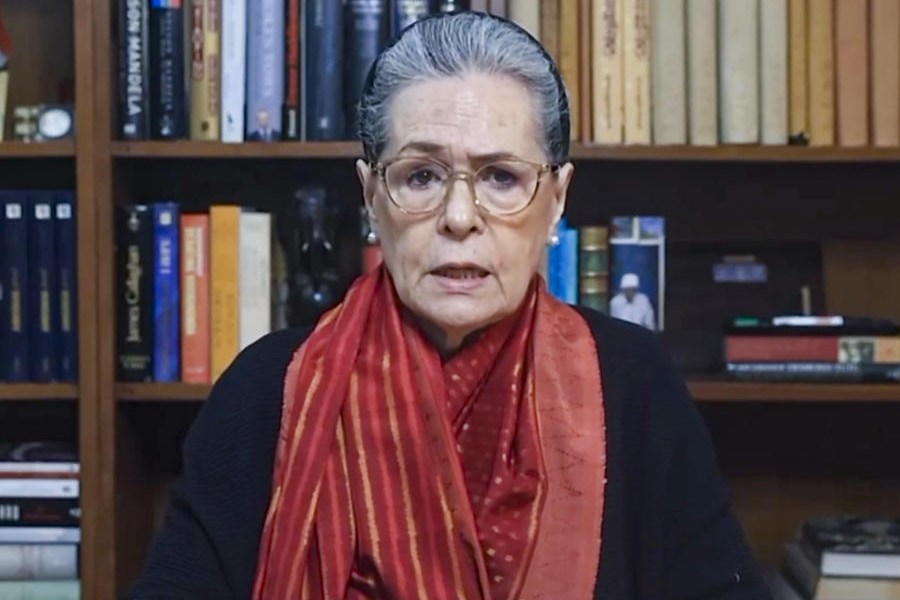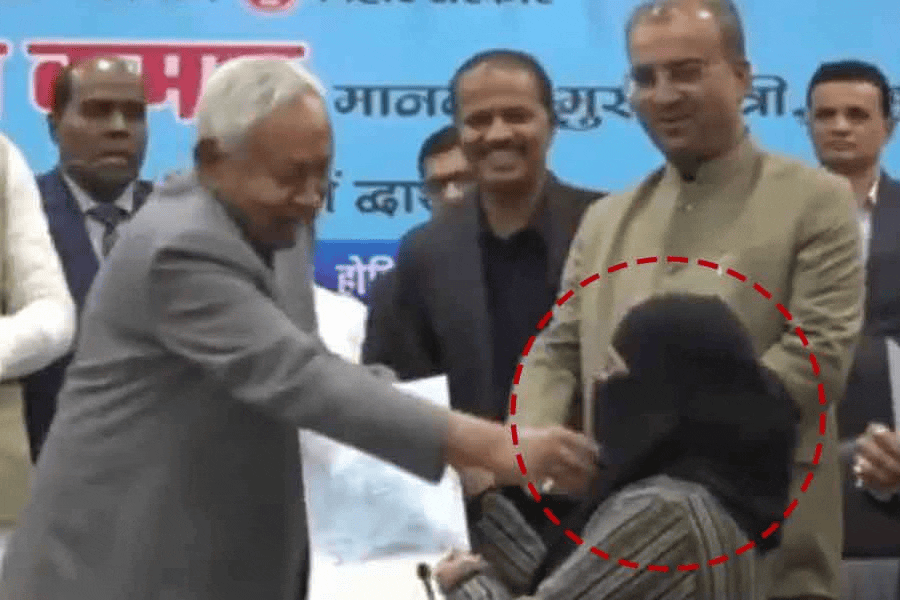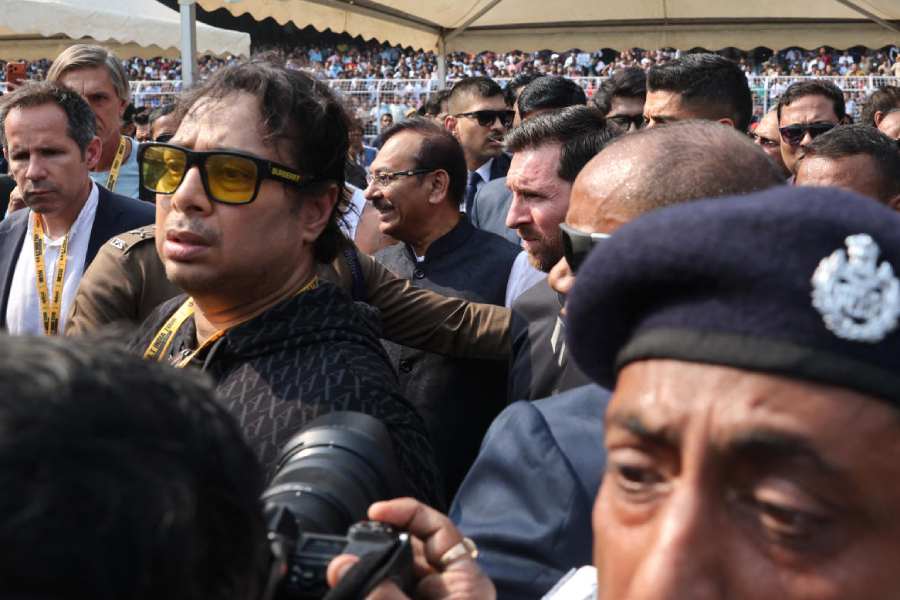|
|
The Sword of Persia: Nader Shah, From Tribal Warrior to Conquering Tyrant By Michael Axworthy, I.B. Tauris, £24.50
March 22, 1739. At nine in the morning, a tall, bearded man went up to the roof of a mosque in Chandni Chowk and drew his sword. On that signal, the Qizilbash soldiers started executing the inhabitants of Delhi. At three in the afternoon, after killing 30,00 people, the tall man ordered a stop to the slaughtering. This man was Nader Quli Khan, the victor of Karnal.
Nader’s life is a classic story of ‘rags to riches’. The son of a herdsman, Nader started his life as a bandit in Khorasan. Soon he gained the attention of the local governor, who recruited him in his army. Meanwhile, the Safavid court in Isfahan was in terminal decline. In 1722, the Afghans invaded Iran and defeated the Safavid monarch, Shah Hosein. This encouraged the provincial Safavid governors to declare independence. Meanwhile, the Russians and the Ottomans decided to carve up Iran between themselves. In the next 15 years, Nader had defeated these external and internal enemies, crowned himself ‘Shahenshah’, and established a centralized bureaucratic state. The survival of Iran as a nation, unlike Poland in the 18th century, was due to him.
Nader Shah’s reign is a catalogue of the ‘ifs and buts of history’. In 2000, Sanjay Subrahmanyam noted that Nader was in a position to conquer India in 1739 and establish an Indo-Persian empire extending from the Euphrates to the Ganga. Such a strong political entity would have been in a position to challenge the East India Company successfully. And India’s history would have taken a different turn.
Axworthy takes Subrahmanyam’s argument further, and claims that Nader could have changed not only the course of Indian history but also the history of Asia. In 1743, he defeated the Ottoman forces in Mesopotamia, and was in a position to invade Istanbul. Perhaps this would have created a unified Islamic Empire, extending from eastern Mediterranean to the Bay of Bengal. Such an empire would have been able to check the encroachment of France and Britain in the Persian Gulf region and south Asia. Moreover, Nader’s secular policy could have prevented the Shia-Sunni split characterizing modern Islam.
Nader, as Axworthy says, like Gustavus Adolphus of Sweden, initiated a “Military Revolution”. Apart from having a capable infantry, he established a navy for controlling trade along the Persian Gulf. The armed forces created by him required a stable fiscal base and monetized economy. So Nader, like Peter the Great of Russia, initiated economic reforms. Although Peter’s successors carried on with his reforms, in Iran, things were different. Nader’s son, Reza Quli, who could have continued his father’s efforts, was blinded by his jealous father. By 1744, Nader was showing streaks of madness. Not even his courtiers were safe from his unpredictable cruelties. So, in 1747, the commanders of his bodyguard decided to murder the mad Shah. After his death, the possibility of a pan-Islamic empire vanished. As civil war gripped Iran, European powers started establishing themselves around the Persian Gulf.
The trend, nowadays, is to go for ‘gender sensitive’ cultural studies. Axworthy’s work, using Persian, English and French sources, as well as military, economic and social history, is a class in itself. The importance of his work lies in his claim that Nader Shah’s career, though a blip in the radar of world history, reflects the possibility of Asia challenging Europe in the Early Modern age.












